Google’s free photo editing software, Picasa, is a simple to use way to enhance, clean up or fix your digital photographs. I have been impressed with what I have learned in the few days I have used Picasa. It has given me a way to fix some high contrast images I took during this year’s International Flower & Garden Festival at Epcot.
As most of you are aware, the midday Florida sun is very bright. When I came upon the Donald Duck and Pluto pirate topiaries at the entrance to World Showcase coming from Future World, it was around three in the afternoon. My first attempts had Donald and Pluto well exposed but the bright sky and clouds were blown out. The clouds looking more like unnatural white bloobs due to overexposure. Using the exposure compensation button on my camera, I adjusted it down to -1.3 EV before the sky and clouds became correctly exposed. Unfortunetaly, due to the extreme difference or contrast in the brightness of the sky and the topiaries, Donald and Pluto were now underexposed. In digital photography, it’s best to expose for the brightest parts of the scene which is what I did in the photo you see below.

Donald Duck and Pluto topiaries before editing. © Scott Thomas Photography 2007
Nikon D70/18-200VR, 1/160s, f/13, 200 ISO, -1.3 EV, 18mm Focal Length
I’m sure you can see why I might toss this image into the trash bin. However, I had downloaded Picasa and had been learning it’s capabilities. Maybe I can fix it! With a gleam in my eye, I launched Picasa and went about the task of throwing some added light on to Donald and Pluto.
Picasa has two elements to it. First is the Library which catalogs all your images on your Window’s based PC (as of this writing, Picasa does not have a Mac OSX or Linux version available). You scroll through all your images on the right side of the Library’s window. On the left you can set up virtual folders and see the aging of other photos by folder. You can watch slideshows, email, print and upload to Picasa Web Albums from the Library.

Double clicking on an image brings it into the Picasa Editor. On the left side, you see Picasa’s tools with three tab views entitled Basic Fixes, Tuning and Effects. For my pirate topiary photo, I started out by adding some Fill Light in the Basic Fixes tab, moving the slider to the right until the detail in both Donald and Pluto could be seen clearly. This kept most of the detail in the sky and clouds without blowing them out. For this image, I didn’t need any of the Tuning tools and skipped right to the Effects tab. In adding fill light, some of the color of the flowers at Donald’s feet got a bit washed out or dull looking. I used the Saturation tool on the Effects tab to bring the color back. Don’t overdo this effect unless you want a really cartoonish look to your photo. I applied just a bit here. As you’ll read in most photo editing books, I applied sharpening as the last step in the photo editng process. Here again, you don’t want to give it too much or the photo looks unreal. I clicked on the Sharpened tool just once.
All done! What do you think? For a free photo editor, Picasa did an excellent job. Oh, and another thing, when I saved the edited version, Picasa saved my original in a separate folder. Picasa is far from PhotoShop but you can’t beat the price for such an easy and useful photo editing tool.



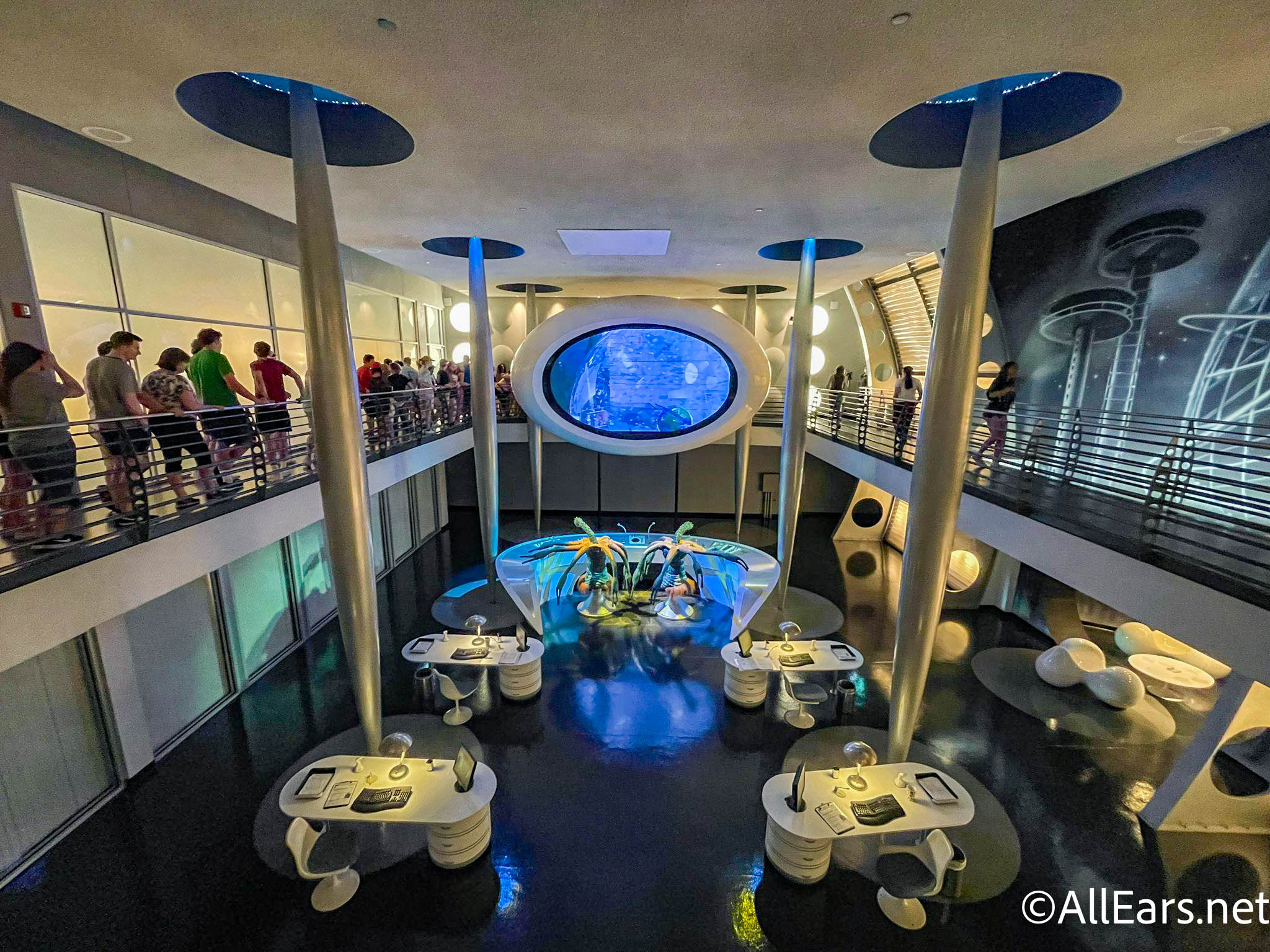
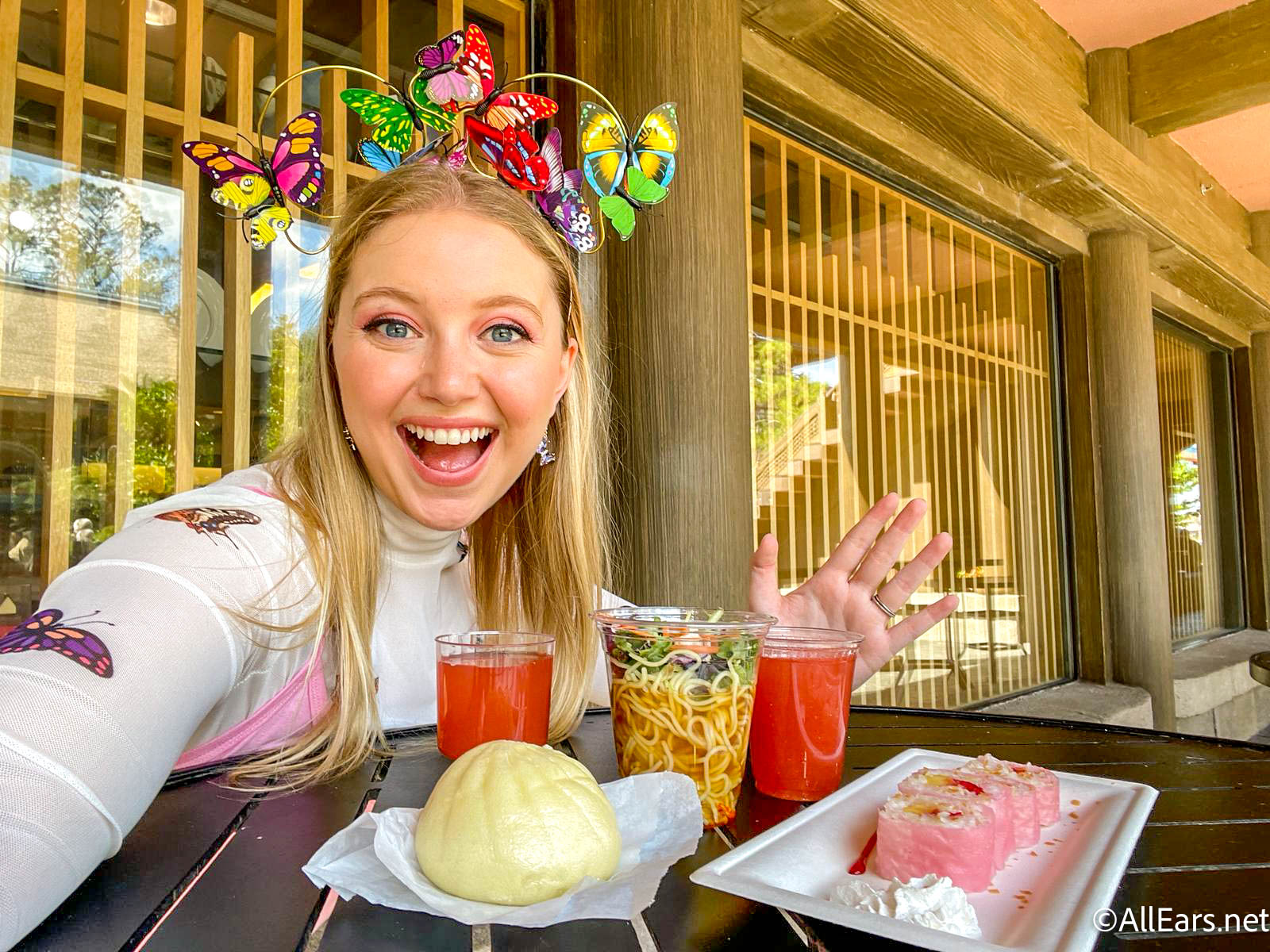
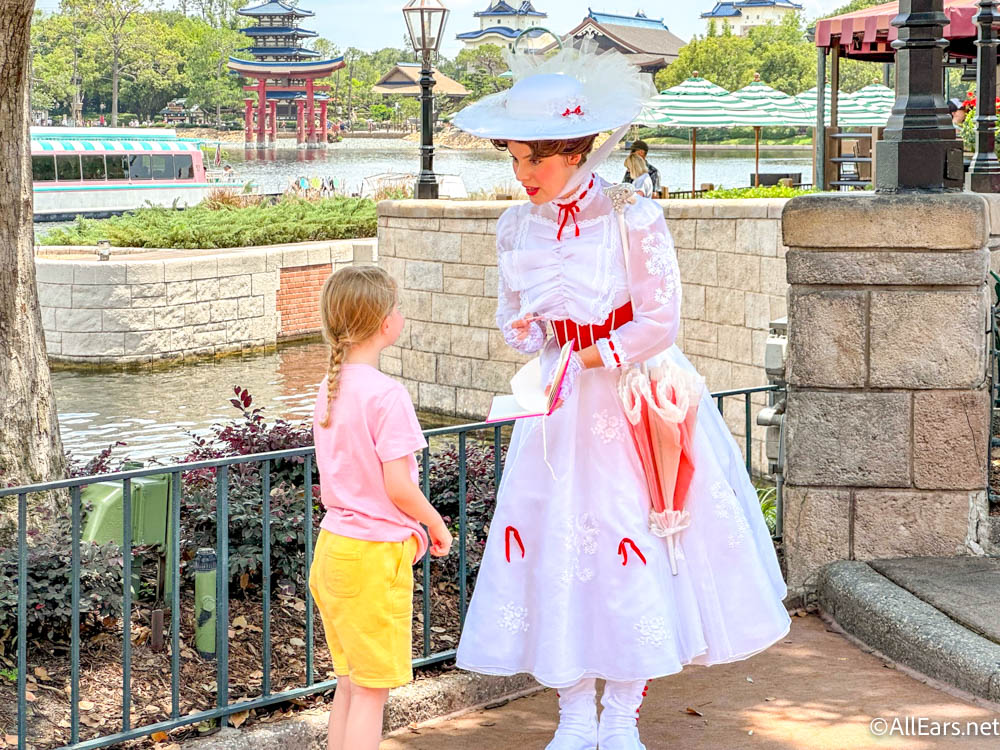
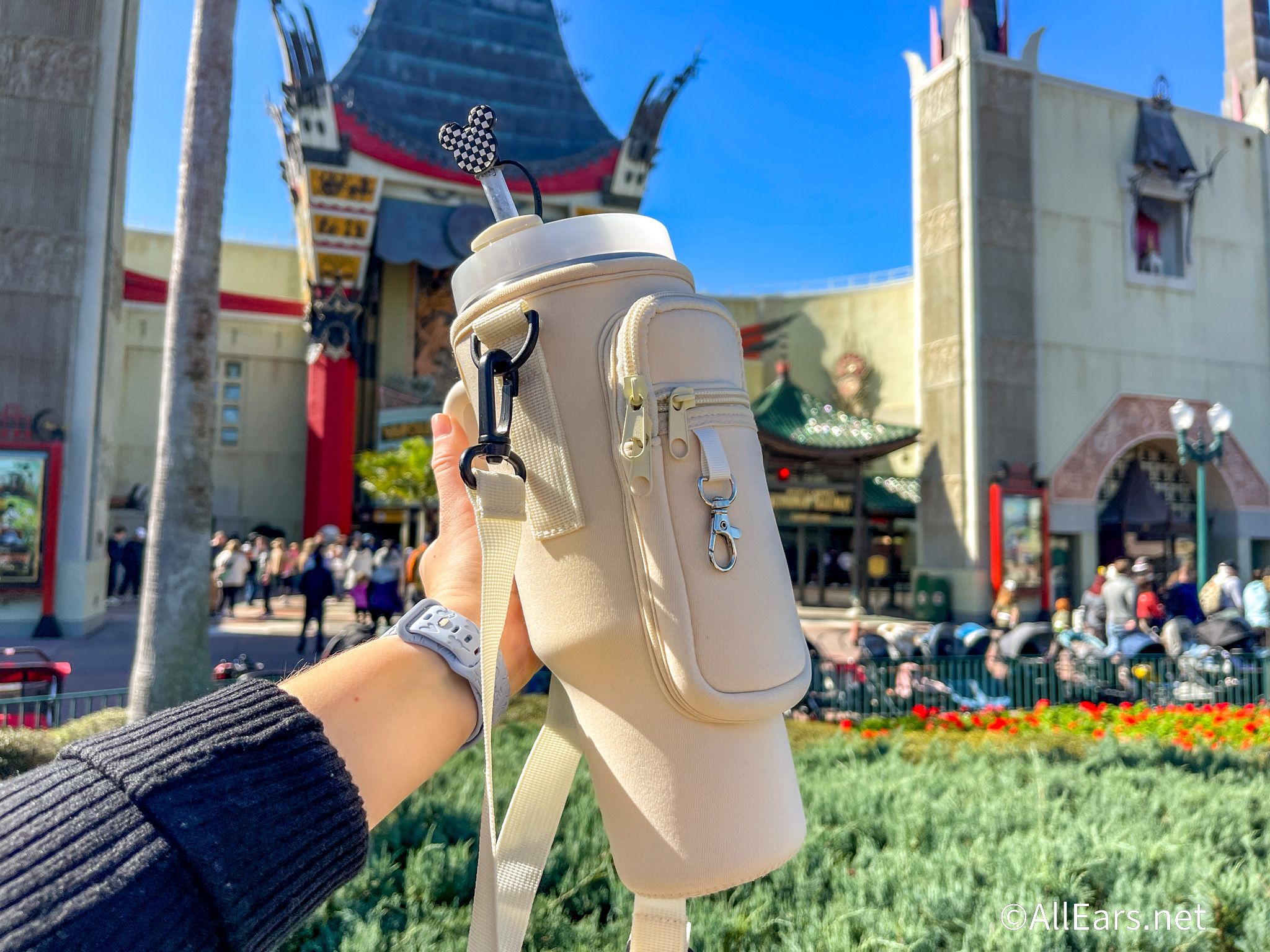
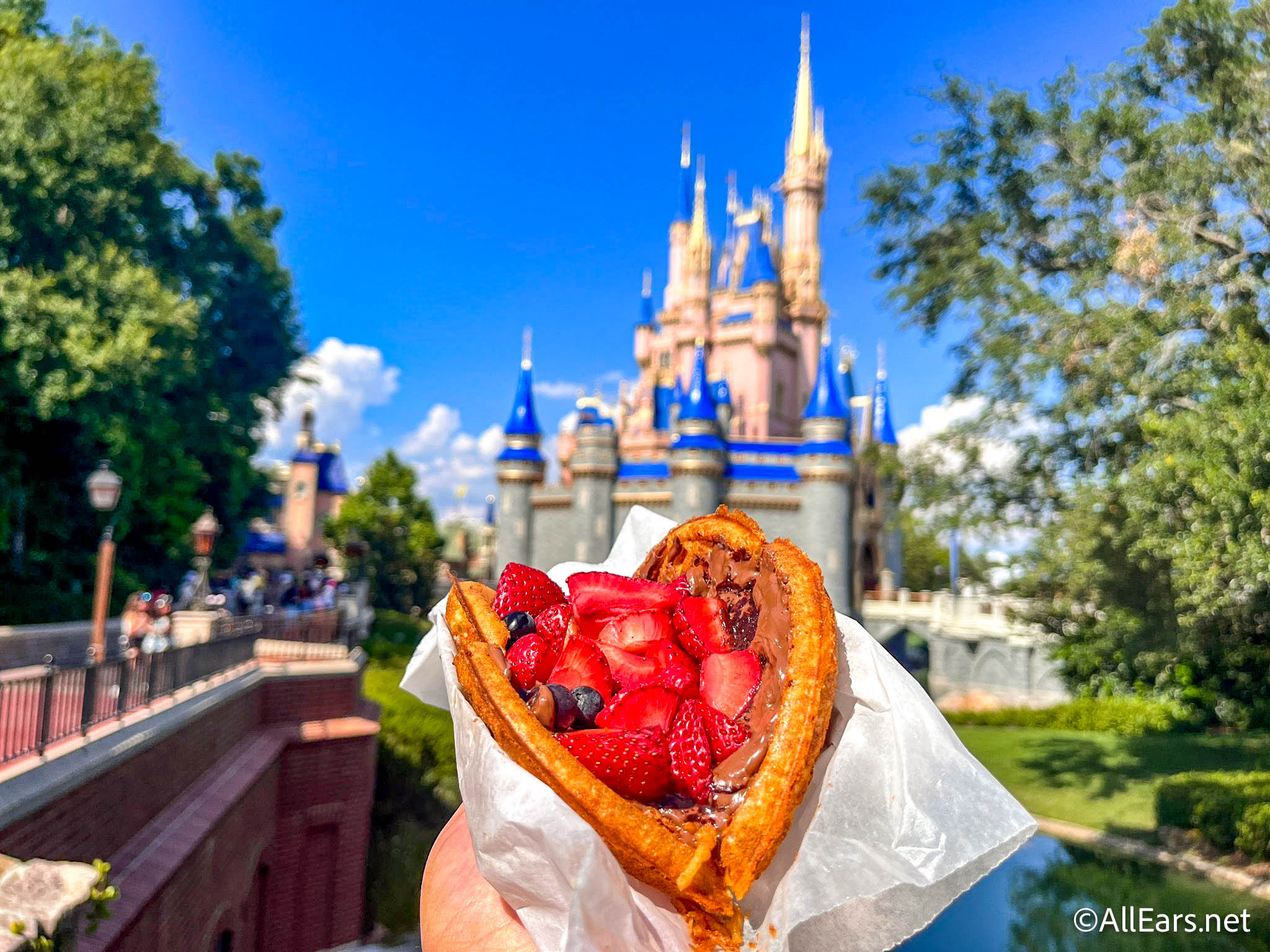
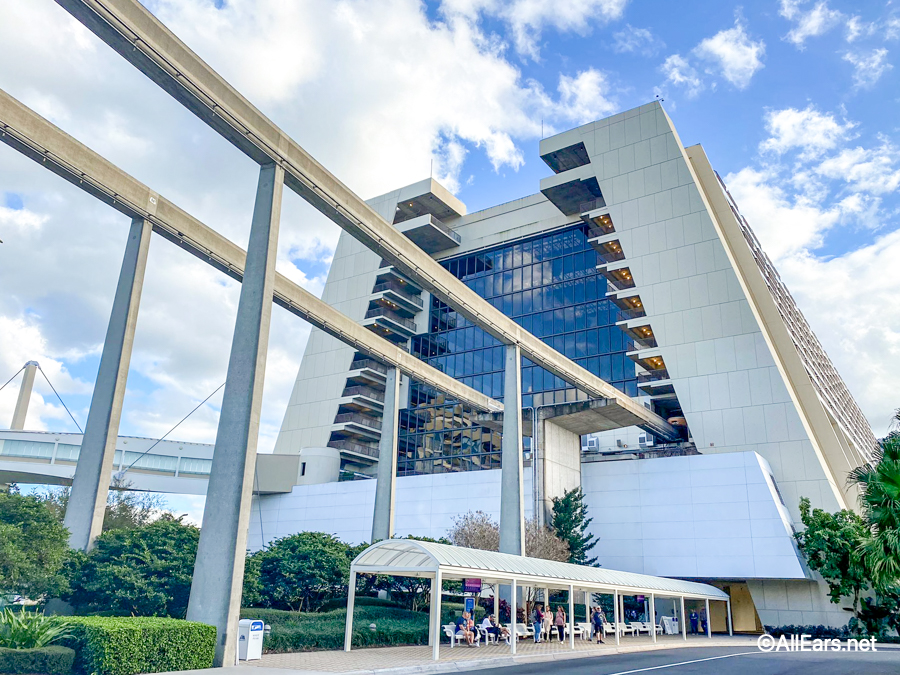
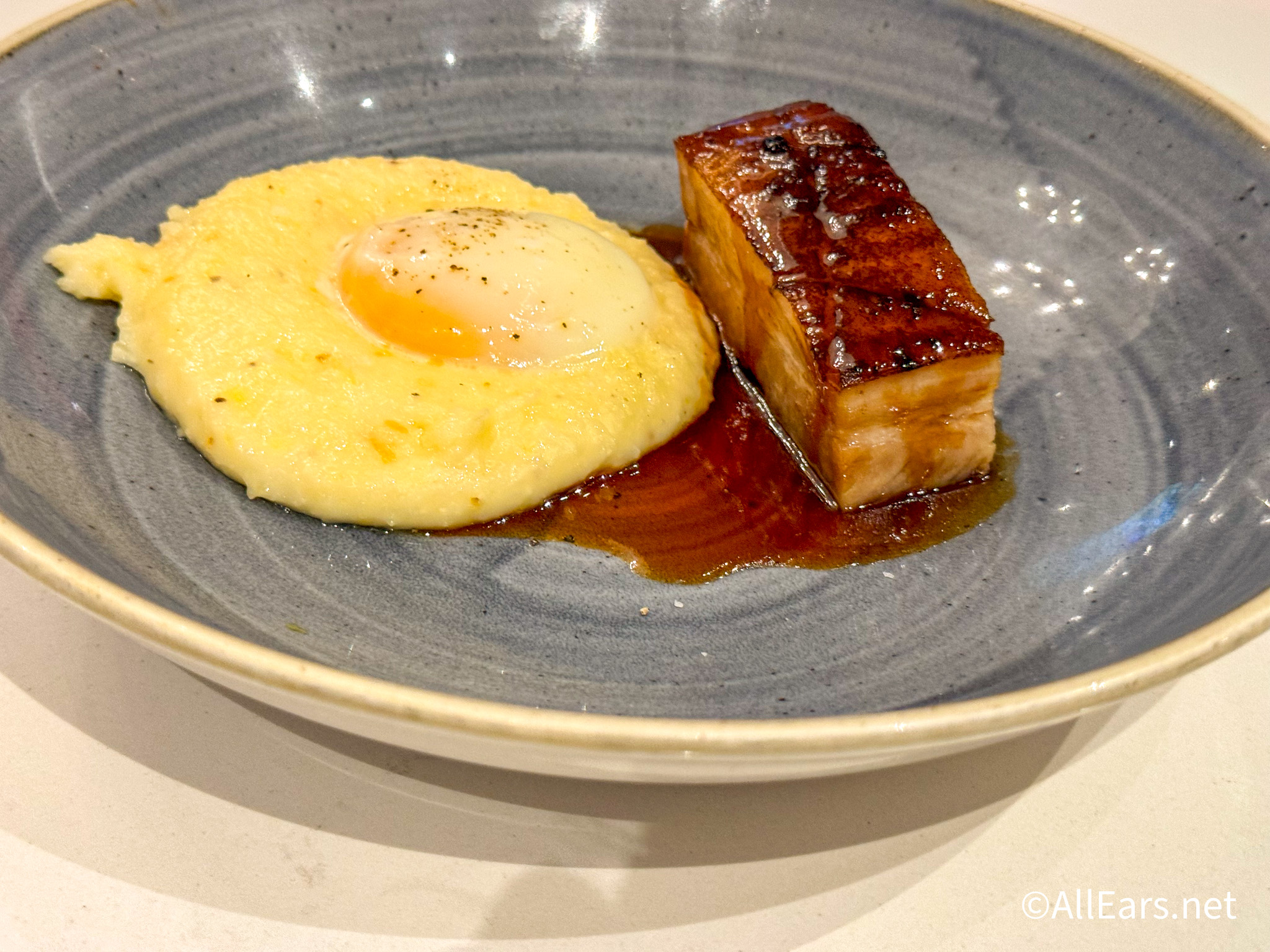
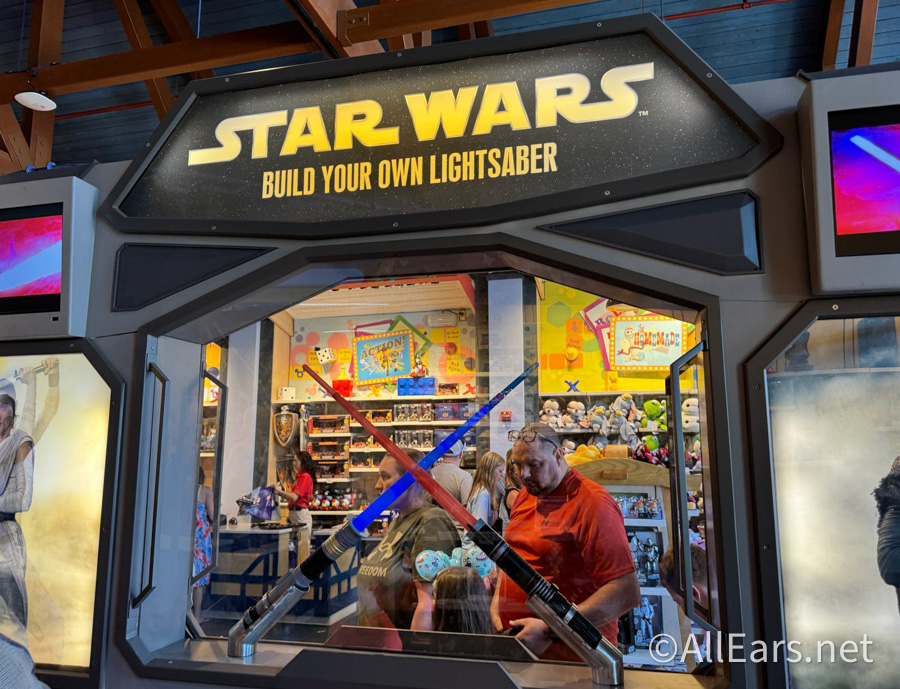
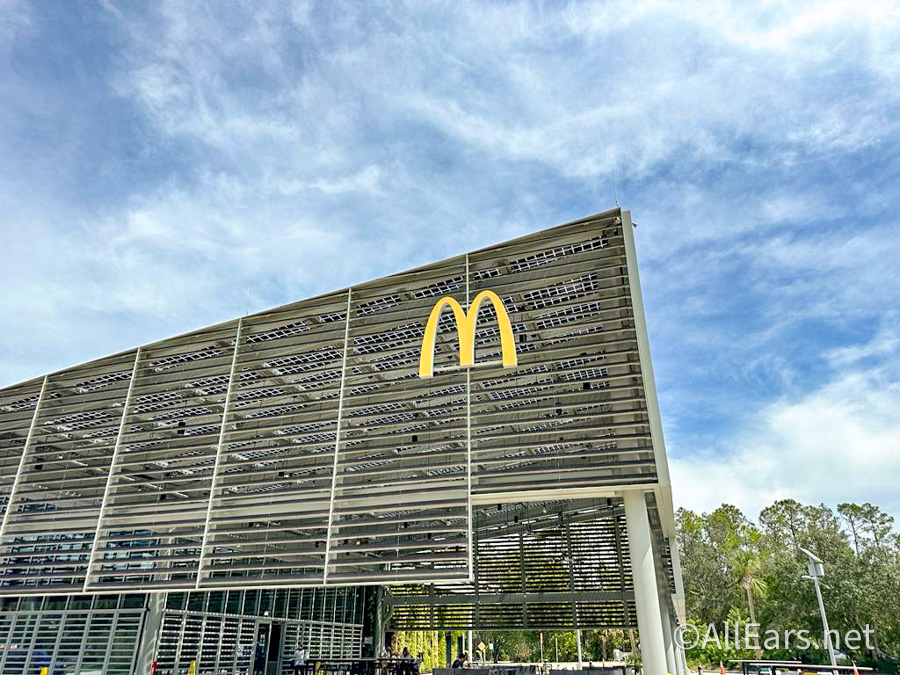
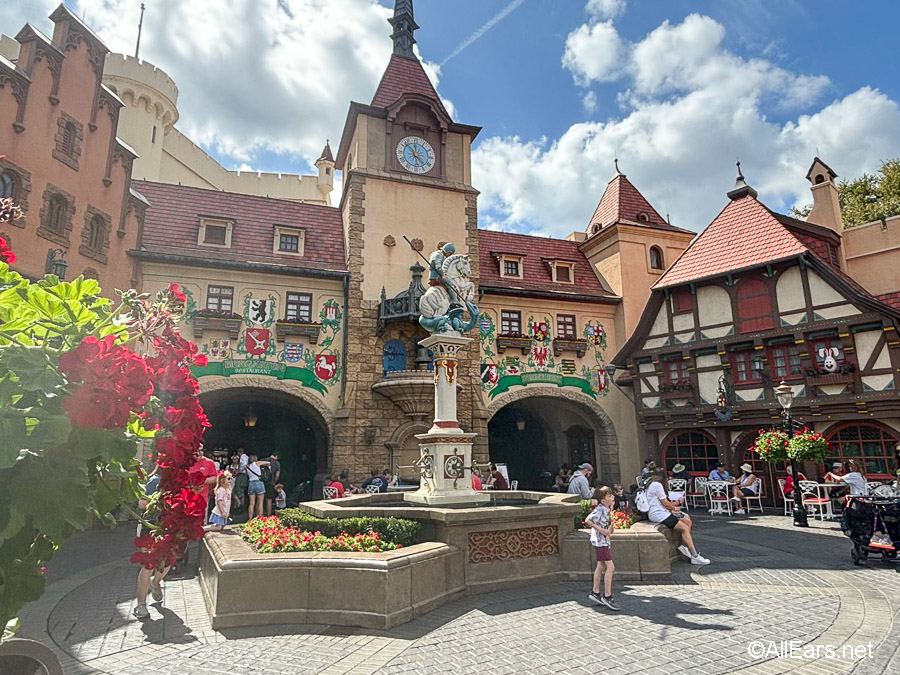
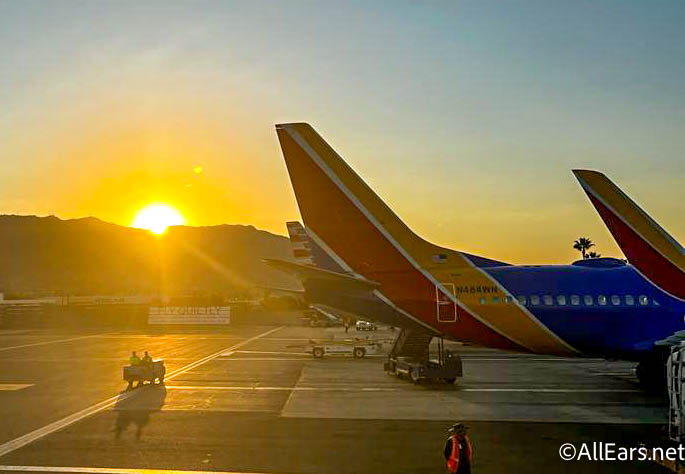
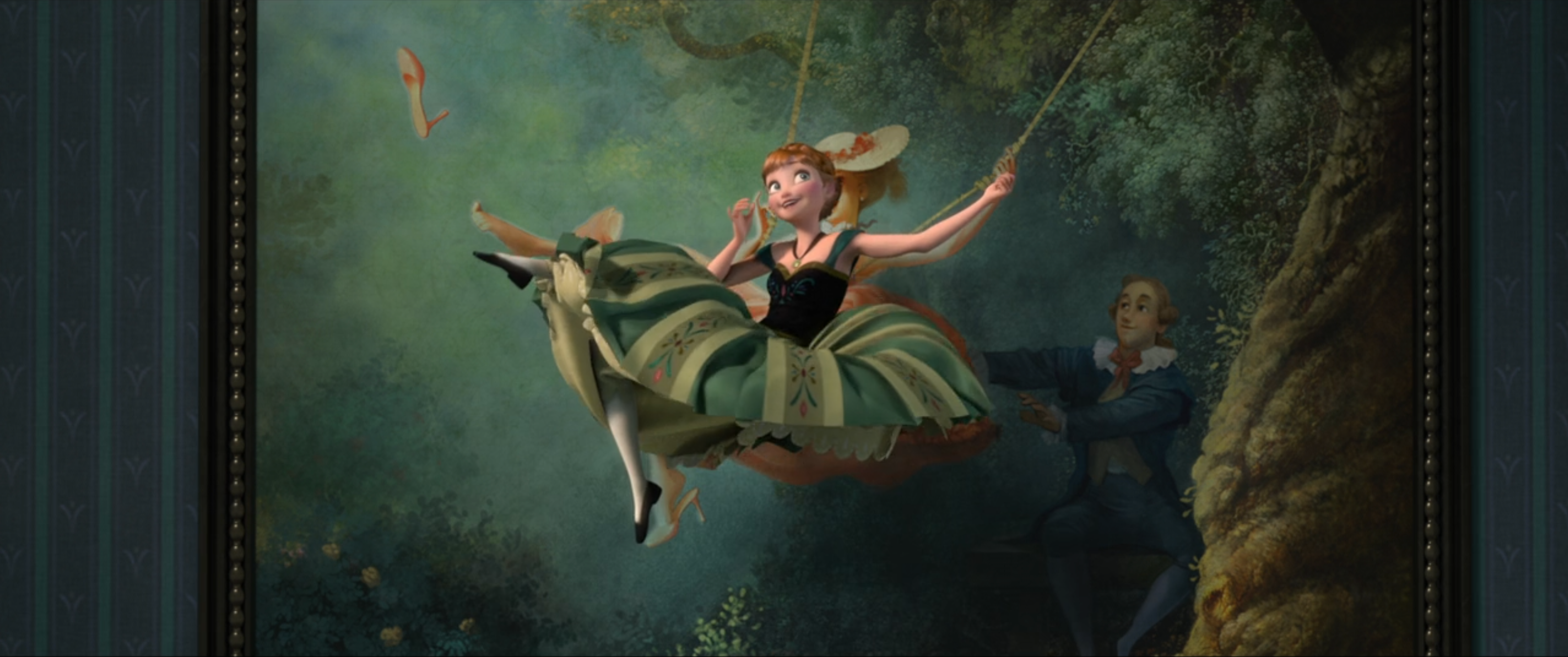

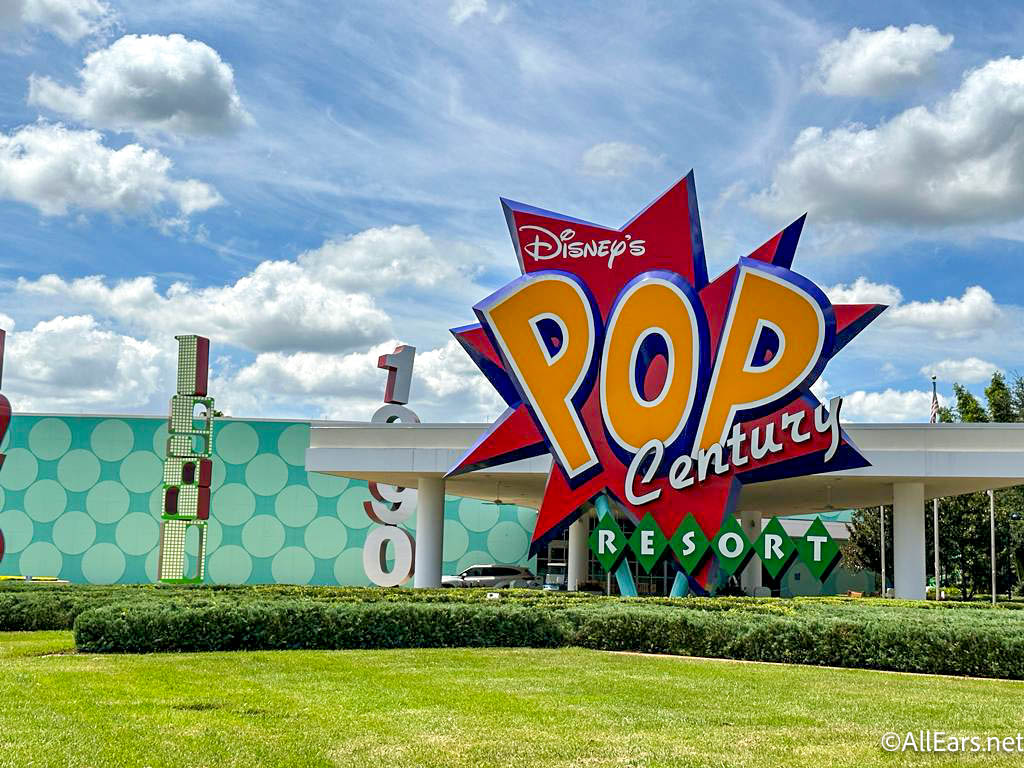
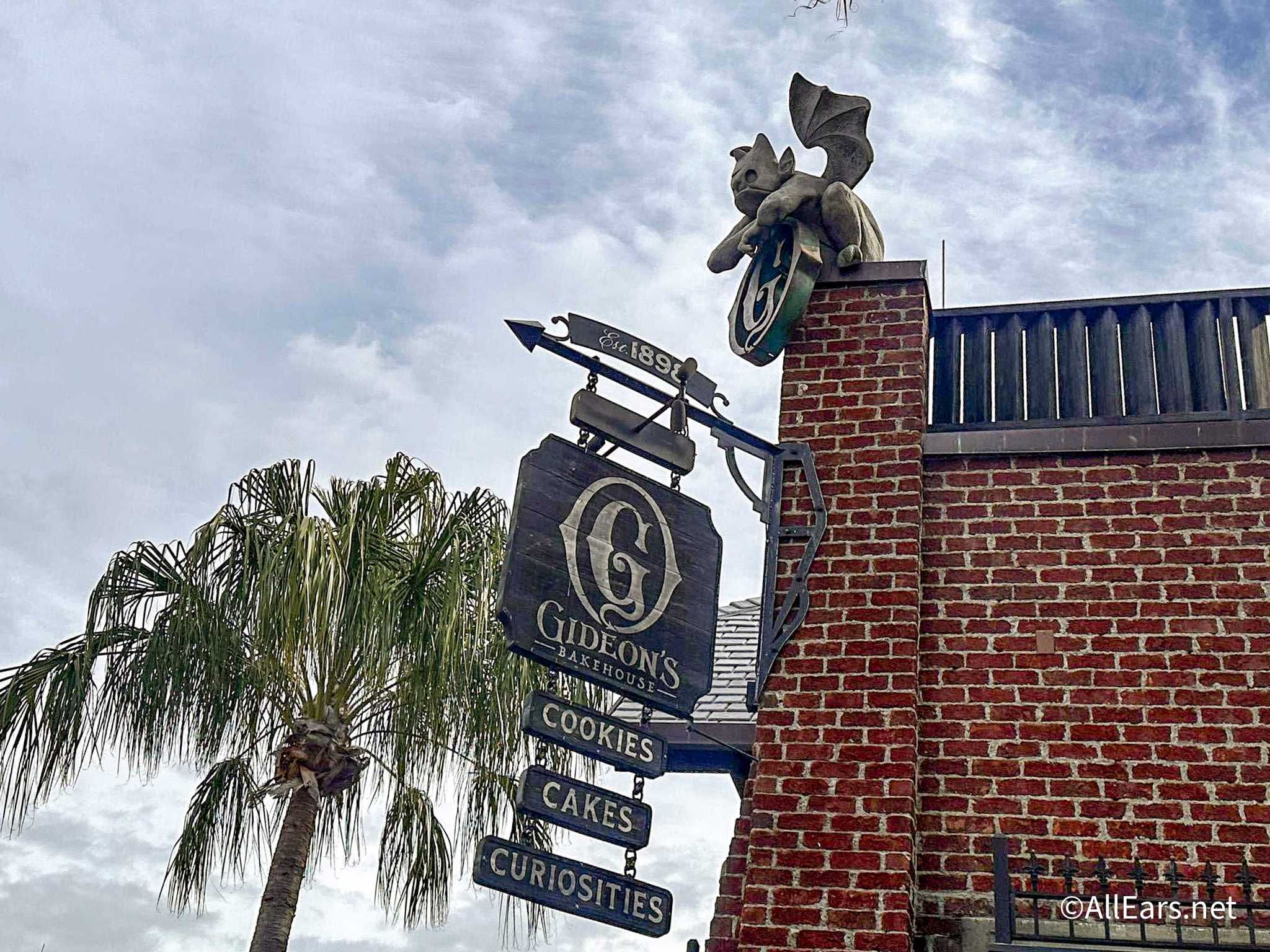
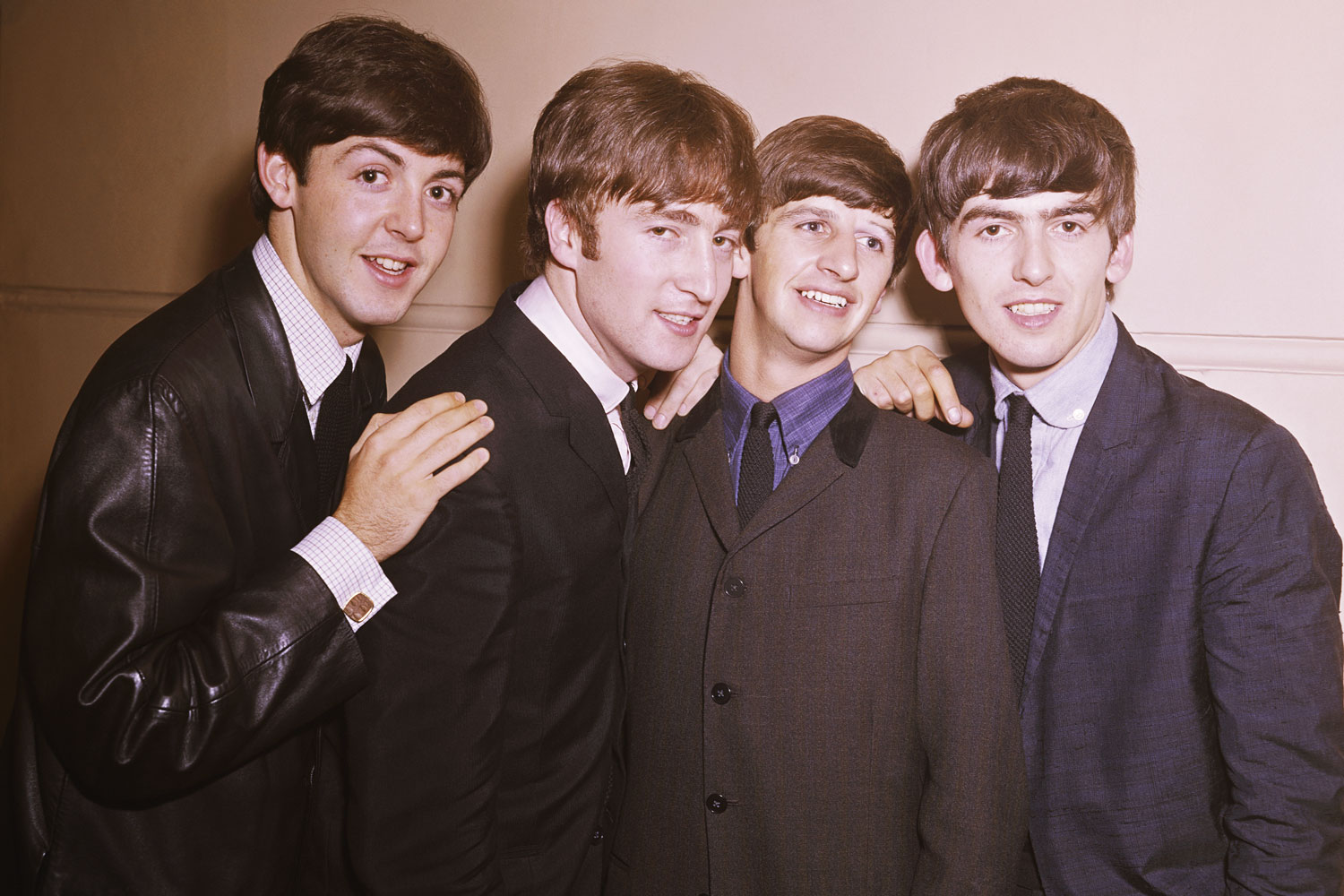
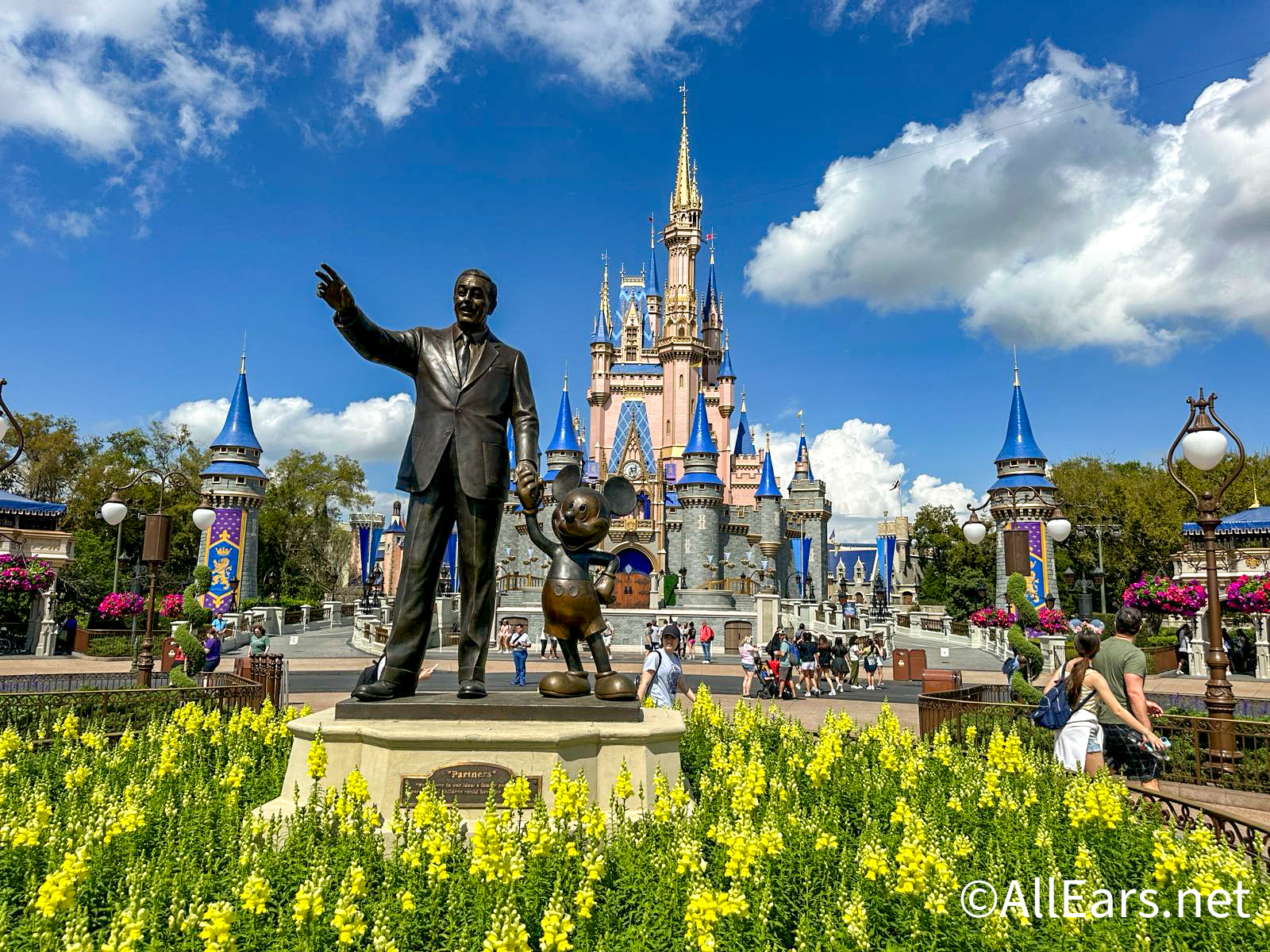


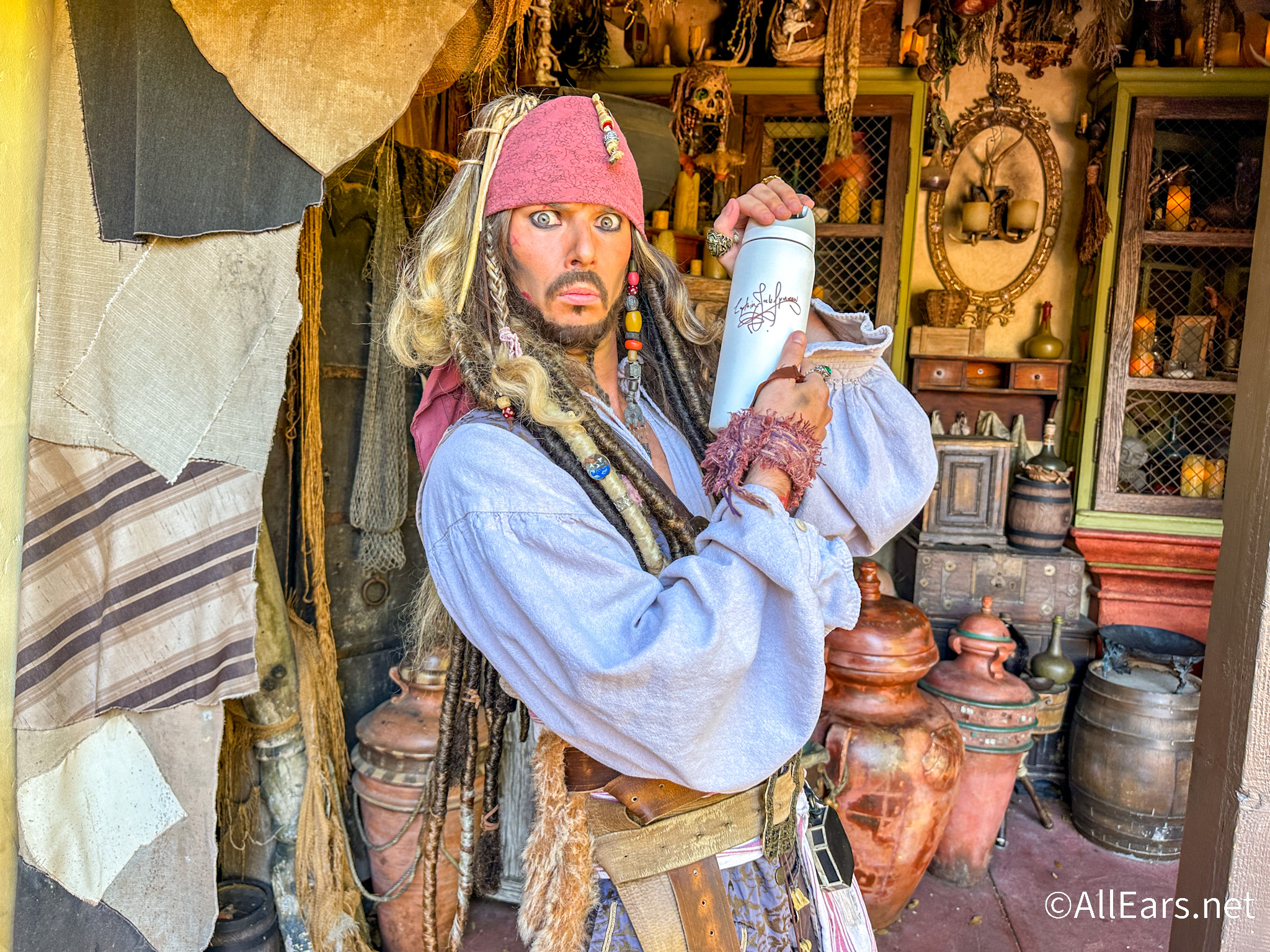

Trending Now
Two rides have announced months-long closures at Universal Studios Orlando!
Because I go to Disney World every day, people want to know if I still...
These are the things we love to do to feel FANCY at Disney World.
Stanleys are trending and you can grab them on SALE on Amazon before your next...
Let's talk about some cheap Disney World eats that actually feel like a splurge!
Guests are demanding this Disney perk return soon!
We recently made a stop at this restaurant to try out the Steakhouse 71 lounge...
We've got an UPDATE on a popular souvenir experience at Disney World.
McDonald's has brought back a limited-time sandwich, but has given it a SPICY twist!
We've become quite fond of these new (and very popular) bags, which is why we're...
Looking to fly to Disney World in 2025 and don't know where to start? We...
We hope you're a Frozen expert because this quiz is a doozy!
A store has reopened in Disney Springs.
If you're visiting Disney World in 2025, you need to know about this cancelation policy...
Welp, we officially NEED this new item from Gideon's Bakehouse!
Get ready for some exciting boy band news!
Rides in Disney World have a chance to temporarily shut down throughout the day. Some...
We are rounding up six Loungefly bags that are perfect for Taurus signs!
Think you've done it all in Disney World? Here are six weird -- but cool...
We took a trip to Adventureland and found some must-have souvenirs!